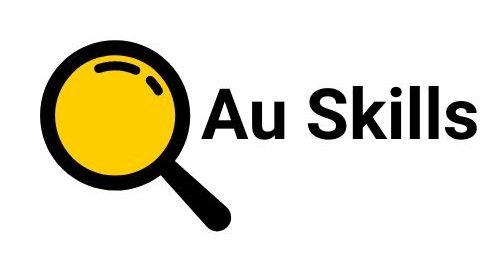How to sign up an apprentice?
Before we show the step by step process to signing up a process, lets first of understand the what an apprenticeship is, and who the key players in the process are and what they do.
What is an Apprenticeship or Traineeship?
Apprenticeships and Traineeships are a form of paid work-based learning that involves on-the-job training combined with a structured learning delivered by an RTO (Registered Training Organisation sometimes referred to as Nominated Training Organisation) towards their occupational outcome. Apprenticeships typically last 3-4 years resulting in a trade certificate. Whilst Traineeships are shorter in term, they are a great way to teach practical skills and knowledge in a structured manner aligned to a nationally recognised qualification.
For this guide, I will use the terms ‘apprentice’ and apprenticeship’ to cover both apprenticeships and traineeships.
What is an AASN?
The role of the AASN is to provide personalised advice and guidance to employers and apprentices from pre-commencement through to completion. Services the AASN provide include:
· Apprenticeship advice and guidance
· Training contract sign up
· Incentive assistance
· Mentoring services
All AASNs deliver the same basic service under their contract, however some are better than others and have various systems or add-on services in place that may benefit your organisation. Find your local AASN providers https://www.australianapprenticeships.gov.au/search-aasn
The AASN is key to opening up the Australian Apprenticeship pathway. You cannot commence an apprenticeship program without one.
What is an RTO?
A Registered Training Organisation (RTO) is a provider of Vocational education and training (VET) registered with the Australian Skills Quality Authority (ASQA) or a relevant state regulator. RTO's are responsible for delivering training and assessing the skills and knowledge of students in a range of vocational areas. When choosing an RTO for your apprenticeship program, you may want to consider factors such as:
Is the training done on or off the job?
Is there government funding towards the price of the course?
What units are included in the delivery?
Do they have day and/or block release?
What is the campus/facilities like?
Do they provide feedback on your apprentices’ studies?
And many more.
Note: You can always change the RTO delivering the qualification at any point through the apprenticeship.
So how do you sign an up apprentice?
Just follow these simple steps:
Do you have the right person for the role? If you don’t have the right candidate yet, there are plenty of options available to help find the right candidate. Some options include: job seeking websites, AASN Job boards, pre-apprenticeship, or pre-employment initiatives at your local Training providers, engaging Australian Workforce Providers and fee for service recruiters
Contact your preferred AASN for an initial consult. If you don’t have one, find your local AASN here
Book in a meeting with an AASN field officer to run through the training contract with you and your apprentice(s). At this meeting you will: reconfirm your obligation as employer and apprentice; confirm the qualification and apprenticeship pathway being selected; select your nominated RTO (The AASN will provide options to review if you haven’t selected one); and sign the training contract. The AASN then lodges your training contract with the relevant State Training Authority (STA) and once approved notifies the RTO to commence training
The RTO will reach out to discuss the training plan once all processed. The training plan is the framework of delivery of the qualification, outlining what units the apprentice will study, when and in what order. This is also an opportunity to have any credits from previous studies transferred to this qualification, if applicable. This won't happen immediately, it may take some time for the contract to be processed for the RTO to reach out.
Congratulations you now have an engaged apprentice at your organisation!
This is a simplified step guide and there may be specific nuances in each state you need to be aware of, however your AASN will guide you through any additional state and regional requirements you may have. In theory, this guide could have said “Just speak to your AASN” but how is that helpful?!

